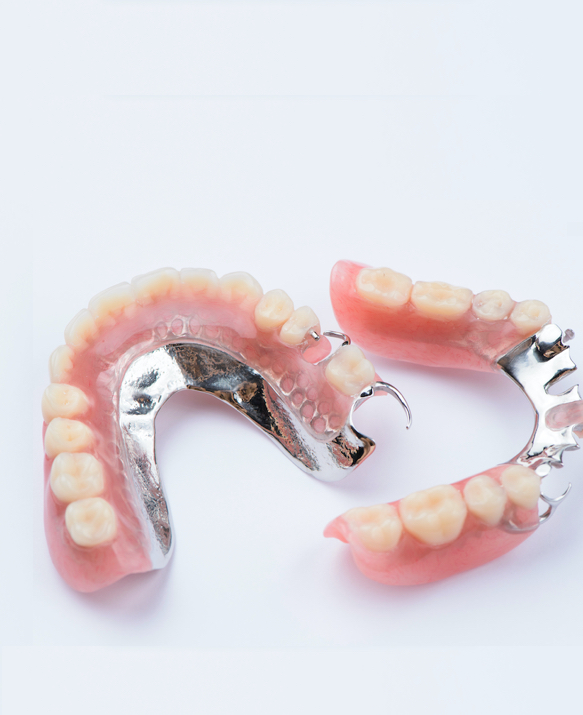- April 24, 2024
Taking Charge of Your Wellbeing with Holistic Health Treatments
image source – google
Many individuals are turning to holistic health treatments to take charge of their overall wellbeing. Holistic health focuses on treating the whole person – mind, body, and spirit – to achieve optimal health and wellness.
By incorporating various natural therapies and practices, individuals can address the root cause of their health issues and promote balance within themselves. if you are looking for holistic health treatment then you may click this site.
The Benefits of Holistic Health Treatments
Improved Overall Health
- Addresses the root cause of health issues
- Promotes balance and harmony within the body
- Enhances the body's natural healing abilities
Personalized Approach to Wellness
- Treats the individual as a whole
- Takes into account physical, emotional, and spiritual aspects
- Customized treatment plans based on individual needs
Focuses on Prevention
- Emphasizes proactive health measures
- Encourages healthy lifestyle choices
- Helps prevent future health issues
Common Holistic Health Treatments
Acupuncture
Acupuncture is a traditional Chinese medicine practice that involves inserting thin needles into specific points on the body to promote healing and balance. It is used to treat a variety of conditions, including pain, stress, and digestive issues.
Massage Therapy
Massage therapy involves manipulating the body's soft tissues to improve circulation, reduce tension, and promote relaxation. It can help alleviate muscle pain, improve range of motion, and reduce stress levels.
Herbal Medicine
Herbal medicine utilizes plants and plant extracts to promote health and treat various ailments. Different herbs have different properties that can support the body's healing processes and address specific health concerns.
Meditation
Meditation is a practice that involves focusing the mind and cultivating mindfulness. It can help reduce stress, improve concentration, and promote emotional wellbeing. Regular meditation practice has been shown to have numerous health benefits.
Integrating Holistic Health into Your Wellness Routine
Assess Your Needs
- Identify areas of your health and wellbeing that need attention
- Consider what aspects of your life may be contributing to your health issues
Research Treatment Options
- Explore different holistic health treatments and therapies available
- Consult with holistic health practitioners to determine the best approach for you
Create a Wellness Plan
- Develop a personalized wellness plan that incorporates holistic health treatments
- Set goals for improving your health and wellbeing
- Include a variety of holistic practices that address your mind, body, and spirit
Stay Consistent
- Make a commitment to regularly engage in your holistic health treatments
- Monitor your progress and make adjustments to your wellness plan as needed
Conclusion
Taking charge of your wellbeing with holistic health treatments can empower you to achieve optimal health and wellness. By embracing a holistic approach to healthcare, you can address the root causes of your health issues and promote balance within yourself. With a personalized wellness plan that incorporates various natural therapies and practices, you can nourish your mind, body, and spirit to support your overall wellbeing.


:max_bytes(150000):strip_icc()/headache-d9b8c5ec46eb4d9ea02136d7ac53fd57.jpg)


